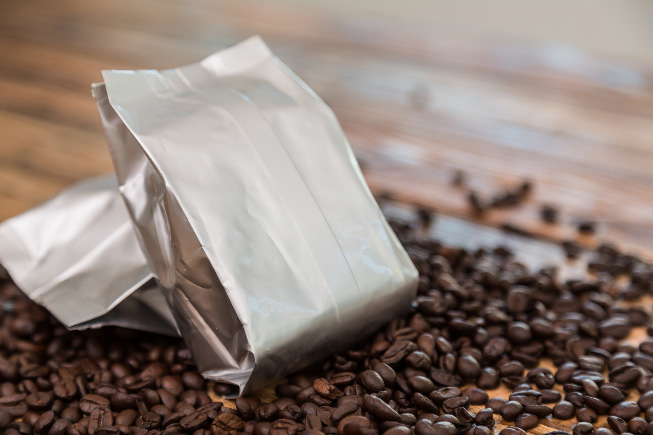Metallized Packaging Advancements From Terphane
- Published: April 07, 2020

Packaging solutions that offer a smaller carbon footprint than traditional packaging are reportedly Terphane’s top priority. The company’s developments and investments in new technologies help lower the environmental impacts of packaging materials, both in the production process and after the product’s use.
Globally, metallized flexible plastic packaging is replacing traditional aluminum-foil packaging and rigid containers. In both Europe and South America, this trend is ahead of the U.S., with leading categories including tomato-based products, powdered milk, soups and coffee, particularly with stand up pouches.
“The transition of rigid packages into flexible packaging provides many advantages, such as processing and logistical optimization through the reduction of packaging weight, the opportunity to optimize space for transport and storage, opening / reclosing systems, and a better ‘billboard’ on the shelf,” said Ezra Bowen, sales manager of North America with Terphane.
Another advantage that speaks directly to the consumer is that flexible packaging tends to be more cost effective than rigid packaging and takes up less space in the trash bin.
Environmental Benefits of Flexible Packaging
Regarding environmental benefits, a Flexible Packaging Association (FPA) study showed that pouches have a smaller carbon footprint than traditional packaging. For example, the production of a pouch for beverages consumes less energy compared to a rigid package - glass or can - of the same filling capacity. The study demonstrated that the energy and CO2 emissions are lower during the production process of a pouch versus rigid packaging.
Empty pouches are lighter and less bulky in transport and storage. One roll of printed laminate equals hundreds of pouches, whereas for traditional packaging the same filling capacity requires several pallets of rigid containers. The FPA study further provided evidence that pouches have a more efficient product / packaging rate and occupy less space in landfills than other types of packaging.
Additional Metallized Flexible Packaging Benefits
“Metallized polyester films provide excellent barrier to moisture and oxygen. All Terphane metallized polyester films are thoroughly tested on the line, and these tests verify that our films meet stringent requirements,” explained Marcos Vieira, global R&D director. In contrast, aluminum laminate packaging easily flex-cracks and develops pin holes, while with metallized films this effect is minimized. Metallized films can provide increased consumer safety with post-filled metal inspections via metal detectors which aluminum foil and rigid metal formats cannot.
“At Terphane we have a wide range of solutions that serve the industry to replace aluminum foil. There are several processes and products that range from the simplest appearance requirements to the highest barrier with full functionality. Also, with the new metallizer machine which features cutting-edge new technologies, Terphane will develop even more special metallized film types to satisfy customer needs in appearance, barrier and metal bond,” said Marcos. “More specifically, with these added high barrier attributes, Terphane’s metallization process creates a film that is perfect for foil replacement in lidding,” added Marcos.
The bottom line is that pouches with metallized polyester films offer many competitive advantages for brand owners and consumers. With Terphane’s advancements in production technologies and materials, the value proposition of metallized films only increases. The combined benefits of the appearance on the shelves, the shelf life, and the logistical and environmental advantages are unmatched in the marketplace.
For more information, visit www.terphane.com.




